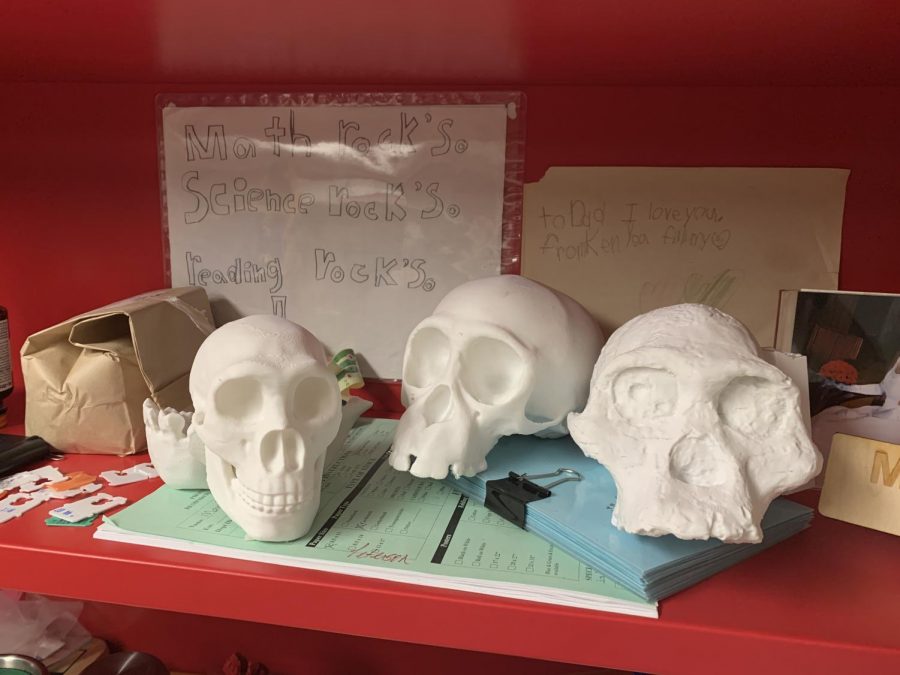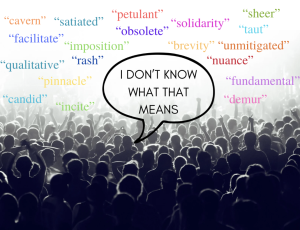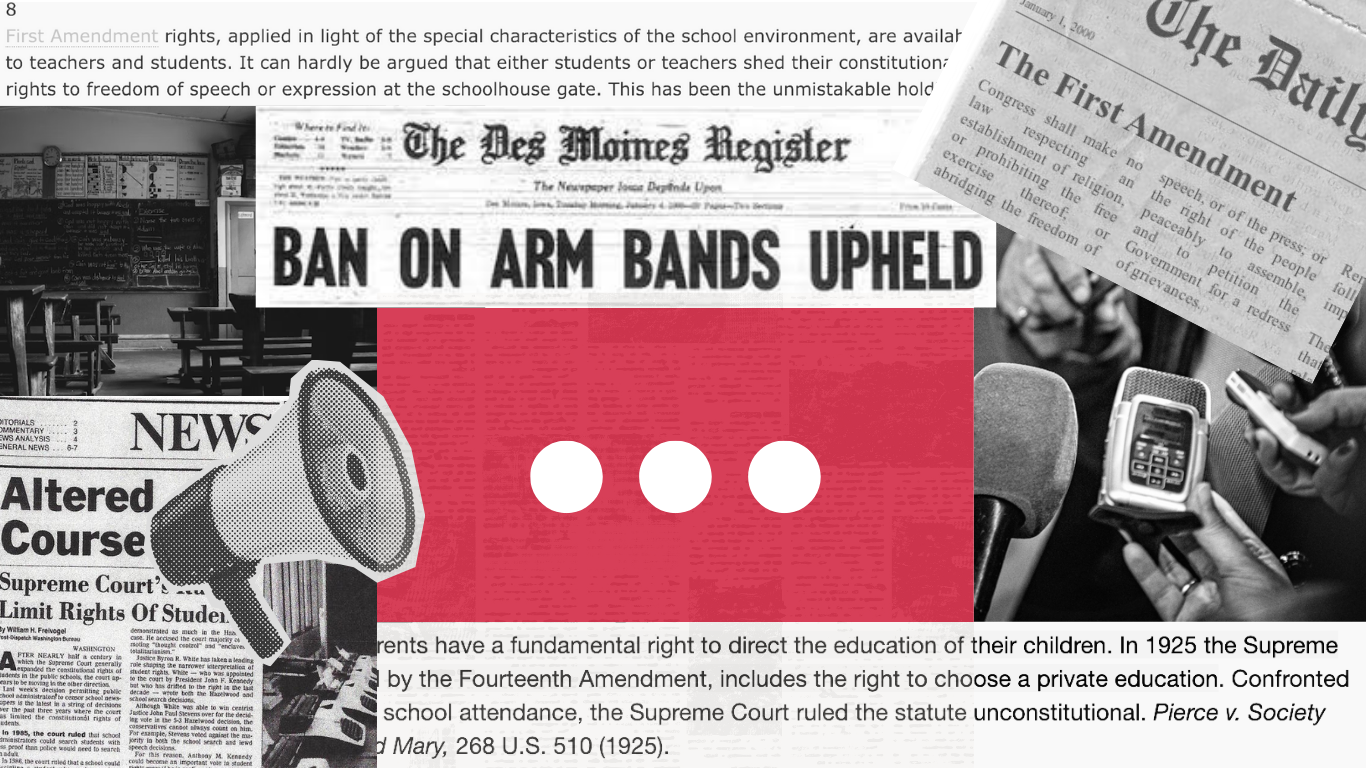Biology class prints 3D skulls
Skulls represent different stages in the human evolution.
October 29, 2019
Earlier this month, the Help Desk printed 3D skulls to help teach biology students during the evolution unit. These skulls will provide students with physical representations of different features of the skulls.
The printing of these skulls offers a whole new opportunity. It will give students a better understanding of the skulls and the dimensions of them. “This will be three dimensional; they will be able to get more authentic data then just measuring something on a piece of paper,” biology teacher Mr. Mark Peterson said.
The benefits of printing these skulls ranges beyond academics. The alternative option to printing these skulls was to buy into the Loan Library at the Science Museum of Minnesota. The Loan Library costs $600 and would give the school access to the locker to use the skulls for their classes. Printing the skulls allowed the biology classes to use the skulls whenever they want and at a cheaper cost. “We looked into the cost of having a membership versus printing and saw it was way cheaper to print, and we could use them whenever we needed,” Peterson said.
Making these online images come to life involves a specific process. There are companies that take scans of the skulls and upload them to the internet. The Help Desk then takes these scans and uses them to make the skulls. Printing each skull takes between 21 hours to 3 days to complete. “When we got a new 3D printer this summer and we wanted to start with a fun project; Mr. Peterson came and asked us to make these skulls and off we went,” Mr. Bill Cheney, Help Desk Manager, said.
These skulls are able to be completed with extreme detail and accuracy. Thanks to the new Maker Bot Method, all new 3D printing jobs are more convenient and precise than before. “This new one can print in more detail, print different kinds of plastic, and has some more bells and whistles that the old ones did not have,” Cheney said.






































![Teacher Lore: Mr. Hillman [Podcast]](https://bsmknighterrant.org/wp-content/uploads/2025/03/teacherlorelogo-1200x685.png)












